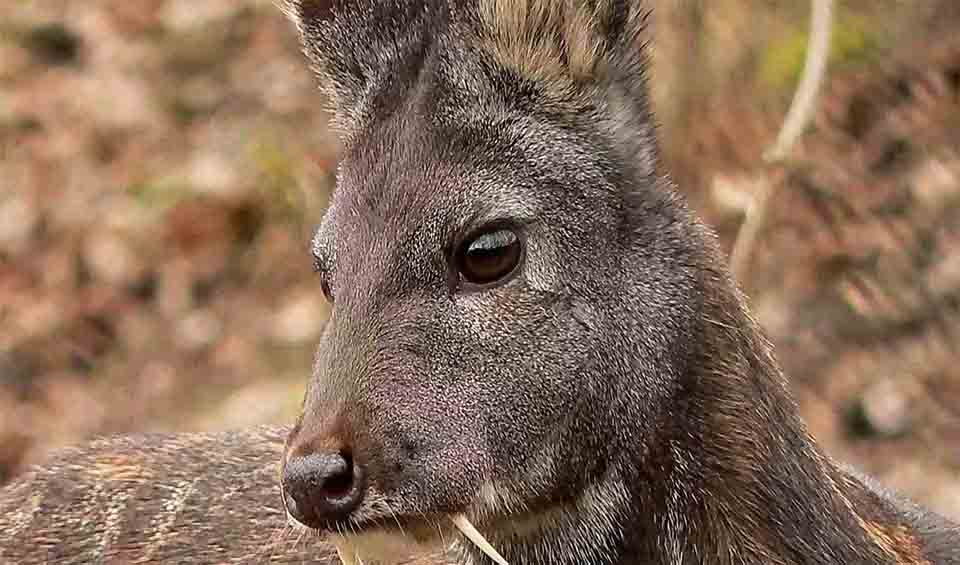Unlike their true deer counterparts, they lack antlers, making them distinct within the cervid family. What sets them apart is their unique ability to produce musk, a highly prized substance valued globally for its medicinal and aromatic properties. Musk deer possess specialized scent glands from which this precious musk is secreted, making them a target for poachers and hunters seeking to profit from its trade in traditional medicines and fragrances.
Despite their remarkable adaptations, Siberian musk deer face numerous threats that jeopardize their survival in the wild. Chief among these is the rampant poaching and hunting pressure exerted on their populations for the lucrative musk trade. As a result, Siberian musk deer are rapidly declining in numbers, pushing them closer to the brink of endangerment.
Habitat loss presents another significant challenge to the survival of Siberian musk deer. Deforestation, driven by human activities such as logging, agriculture, and infrastructure development, encroaches upon their natural habitats, reducing available space and disrupting their ecological balance. With limited suitable habitats remaining, Siberian musk deer populations are increasingly vulnerable to the impacts of habitat degradation and fragmentation.
The conservation status of Siberian musk deer is currently classified as vulnerable, reflecting the urgency of action needed to mitigate the threats they face. Without concerted efforts to address poaching and habitat loss, these elusive creatures are at risk of sliding further toward endangerment and potential extinction.
Distribution
 China
China Kazakhstan
Kazakhstan Korea
Korea Mongolia
Mongolia Official estimate
Official estimate
 North Korea
North Korea Russia
Russia Official estimate
Official estimate
 Russia
Russia Official estimate
Official estimate
 Russia
Russia Official estimate
Official estimate

Anything we've missed?
Help us improve this page by suggesting edits. Glory never dies!
Suggest an editGet to know me
Terrestrial / Aquatic
Altricial / Precocial
Polygamous / Monogamous
Dimorphic (size) / Monomorphic
Active: Diurnal / Nocturnal
Social behavior: Solitary / Pack / Herd
Diet: Carnivore / Herbivore / Omnivore / Piscivorous / Insectivore
Migratory: Yes / No
Domesticated: Yes / No
Dangerous: Yes / No




